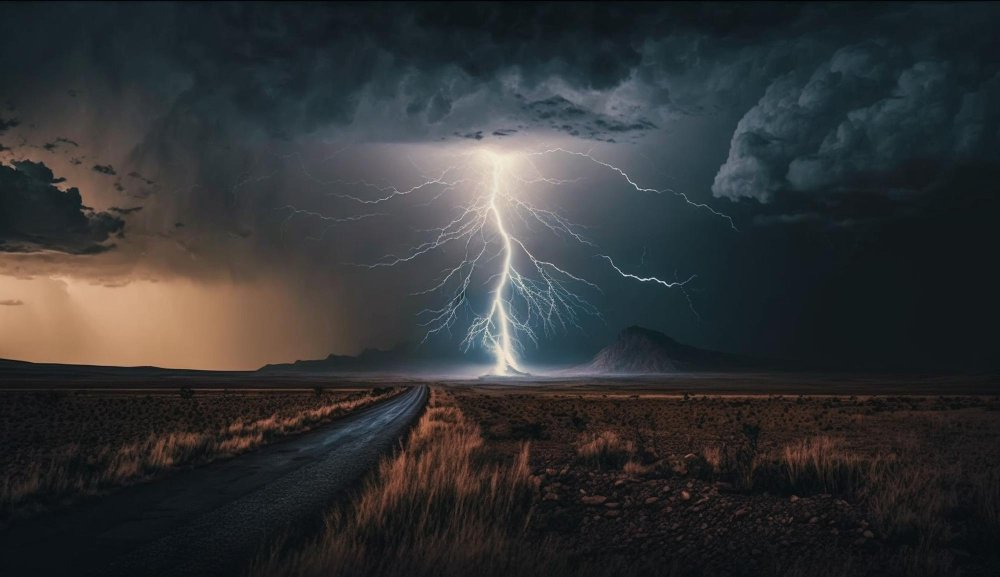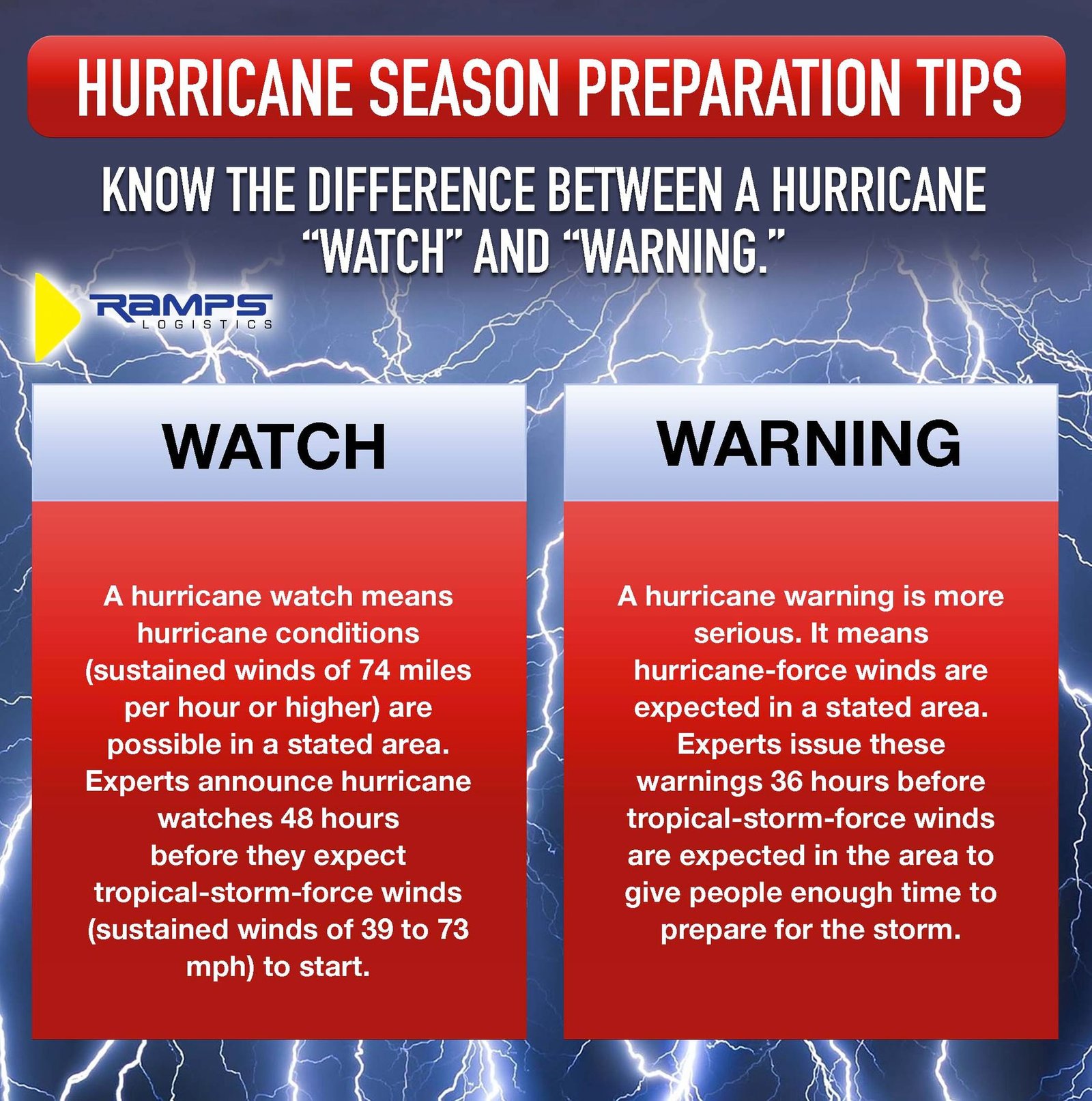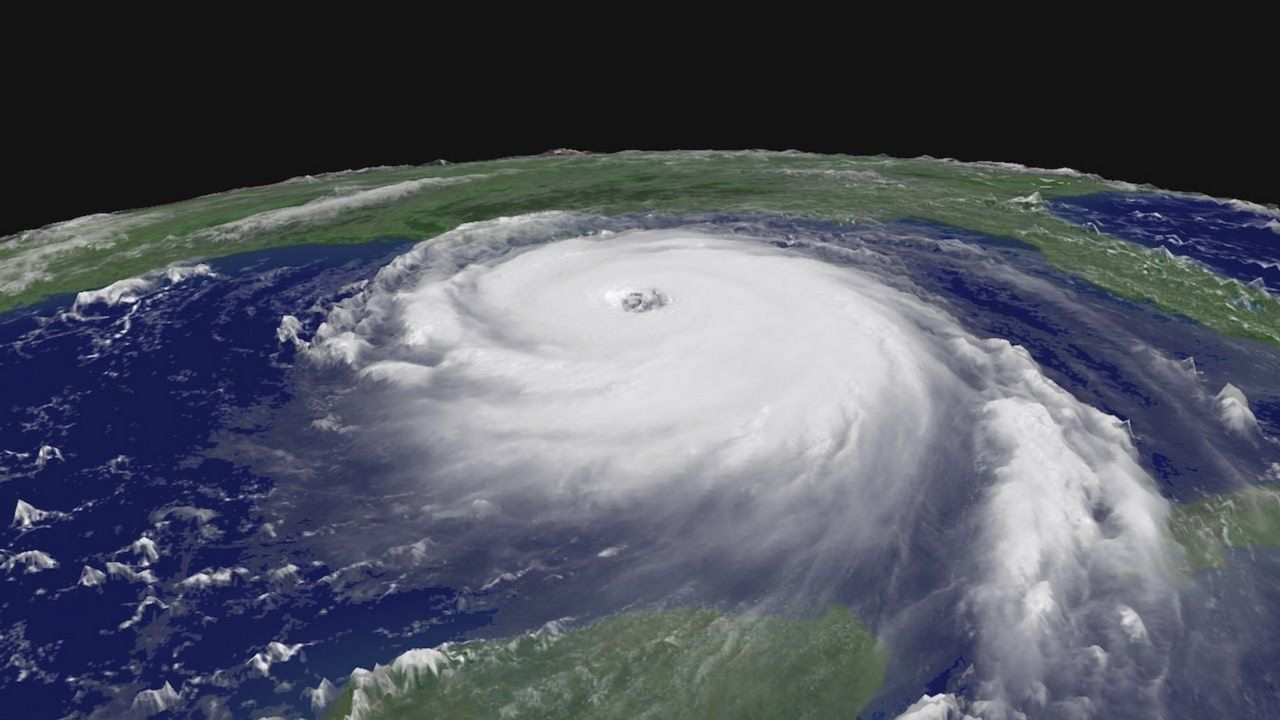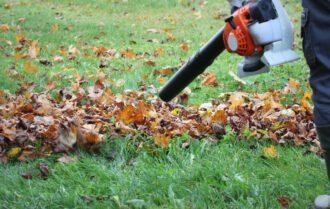Hurricane Local Statement
- 1 What is a Hurricane?
- 2 Hurricane Local Statement (HLS)
- 3 Components of an HLS
- 4 Difference Between Hurricane Watch and Warning
- 4.1 Hurricane Watch
- 4.2 Hurricane Warning
- 5 Additional Advisories and Alerts
- 6 Conclusion
- 6.1 Frequently Asked Questions (FAQs)
- 6.1.1 Q1: What is a Hurricane Local Statement (HLS)?
- 6.1.2 Q2: How do hurricane categories work?
- 6.1.3 Q3: What is the difference between a hurricane watch and a hurricane warning?
- 6.1.4 Q4: What should I do during a hurricane watch?
- 6.1.5 Q5: What actions are necessary during a hurricane warning?
- 6.1.6 Q6: How can I stay informed about a hurricane’s status?
- 6.1.7 Q7: What are storm surge watches and warnings?
In Short
- Hurricane Overview: A hurricane is a powerful tropical cyclone with sustained winds of 74 mph or more, categorized from 1 to 5 on the Saffir-Simpson Hurricane Wind Scale, with categories 3 to 5 being major storms.
- Hurricane Local Statement (HLS): Issued by the U.S. National Weather Service, an HLS provides detailed local effects of a storm, including raw weather data and crucial safety information for the public and officials.
- Hurricane Watch vs. Warning: A hurricane watch indicates possible hurricane conditions within 48 hours, urging preparation. A hurricane warning signals expected conditions within 36 hours, requiring immediate protective actions.
Hurricanes are powerful and potentially devastating tropical cyclones that can bring significant damage to coastal and inland areas. Understanding the various warnings, watches, and advisories issued during a hurricane is crucial for ensuring safety and preparedness. This article will explain what a hurricane local statement is and detail other essential advisories related to hurricanes.
What is a Hurricane?

A hurricane is a type of tropical cyclone characterized by a rotating system of clouds and thunderstorms that forms over warm tropical or subtropical waters. When these systems strengthen, they produce strong winds and heavy rain. Hurricanes have sustained winds of 74 mph or more and are categorized on the Saffir-Simpson Hurricane Wind Scale, which ranges from Category 1 (least severe) to Category 5 (most severe). Categories 3 through 5 are considered major hurricanes due to their potential for significant damage.
Hurricane Local Statement (HLS)
A Hurricane Local Statement (HLS) is issued by local Weather Forecast Offices of the U.S. National Weather Service (NWS) for areas affected or forecasted to be affected by a tropical storm or hurricane. An HLS provides a detailed overview of the storm’s local effects and includes essential information for the public, media, and local governments.
Components of an HLS
- Raw Weather Data: The first part of the HLS contains raw weather data generated by computers, providing technical details about the storm’s current status, trajectory, and intensity.
- Critical Information and Advisories: The second part includes manually created content with:
- Areas affected by the storm.
- Official evacuation orders.
- Current storm watches and warnings.
- Expected timing and effects of the storm.
- Safety tips and preventive measures.
These statements are crucial for informing the public about the necessary actions to protect life and property.
Graphs and Visual Aids
Since 1999, HLSs have included graphical representations of the storm’s projected path, wind speeds, and storm surge potential. These graphs are often shown on television news and are designed to be easy for the public to understand, providing a visual summary of the most critical information.
Difference Between Hurricane Watch and Warning

Hurricane Watch
A hurricane watch is issued when hurricane conditions (sustained winds of 74 mph or higher) are possible within the next 48 hours. It is a precautionary alert that emphasizes the need for preparation. Key actions during a hurricane watch include:
- Checking and updating emergency kits with essentials such as food, water, medications, important documents, and batteries.
- Reviewing evacuation routes and locating nearby storm shelters.
- Staying informed about the storm’s progress and being ready to take further action if necessary.
A hurricane watch does not mean that hurricane conditions are imminent but rather that there is a possibility of their occurrence.
Hurricane Warning
A hurricane warning is issued when hurricane conditions are expected within the next 36 hours. This is a more urgent alert requiring immediate action to ensure safety. Key actions during a hurricane warning include:
- Completing emergency kit preparations.
- Securing homes by boarding up windows and securing outdoor items.
- Evacuating if instructed by local authorities, ensuring to take along pets and essential items.
- Preparing to face the storm’s impacts, which may include strong winds, heavy rain, storm surges, and widespread power outages.
Hurricane warnings may remain in effect even after the storm has passed if there are lingering threats such as flooding or dangerous conditions.
Additional Advisories and Alerts
Tropical Storm Watch and Warning
- Tropical Storm Watch: Issued when tropical storm conditions (sustained winds of 39 to 73 mph) are possible within 48 hours.
- Tropical Storm Warning: Issued when tropical storm conditions are expected within 36 hours.
Storm Surge Watch and Warning
- Storm Surge Watch: Issued when the possibility of life-threatening inundation from rising water moving inland from the shoreline is possible within 48 hours.
- Storm Surge Warning: Issued when life-threatening inundation from rising water moving inland from the shoreline is expected within 36 hours.
Conclusion
Understanding the various hurricane advisories and statements is vital for proper preparedness and response. The Hurricane Local Statement (HLS) provides a comprehensive overview of a storm’s local impact, combining raw weather data with critical safety information. Differentiating between hurricane watches and warnings ensures that individuals and communities take the appropriate steps at the right times to protect lives and property. By staying informed and prepared, we can mitigate the dangers posed by these powerful natural phenomena.
Frequently Asked Questions (FAQs)
Q1: What is a Hurricane Local Statement (HLS)?
A1: An HLS is an advisory issued by the National Weather Service providing detailed information about a hurricane’s local impact, including weather conditions, evacuation orders, and safety tips.
Q2: How do hurricane categories work?
A2: Hurricanes are classified on the Saffir-Simpson Hurricane Wind Scale from Category 1 (least severe) to Category 5 (most severe), based on sustained wind speeds. Categories 3 to 5 are considered major hurricanes due to their potential for significant damage.
Q3: What is the difference between a hurricane watch and a hurricane warning?
A3: A hurricane watch indicates that hurricane conditions are possible within the next 48 hours, while a hurricane warning means those conditions are expected within the next 36 hours, necessitating immediate action.
Q4: What should I do during a hurricane watch?
A4: During a hurricane watch, ensure your emergency kit is ready, review evacuation routes, stay informed about the storm’s progress, and be prepared to act if conditions worsen.
Q5: What actions are necessary during a hurricane warning?
A5: During a hurricane warning, complete your emergency preparations, secure your home, follow local evacuation orders if issued, and be ready to face severe weather conditions.
Q6: How can I stay informed about a hurricane’s status?
A6: Stay informed through official sources such as the National Weather Service, local news, weather websites, and emergency alerts on your phone or other devices.
Q7: What are storm surge watches and warnings?
A7: A storm surge watch indicates the possibility of life-threatening inundation from rising water within 48 hours. A storm surge warning indicates that such conditions are expected within 36 hours.

















